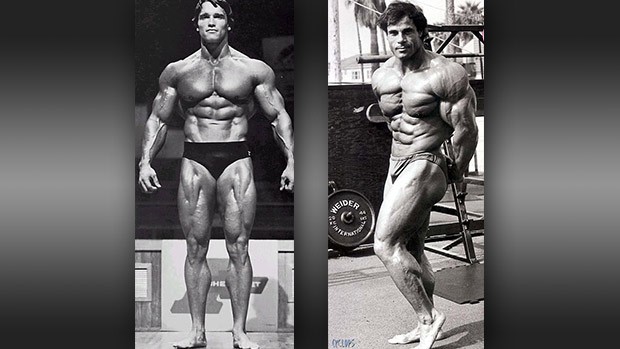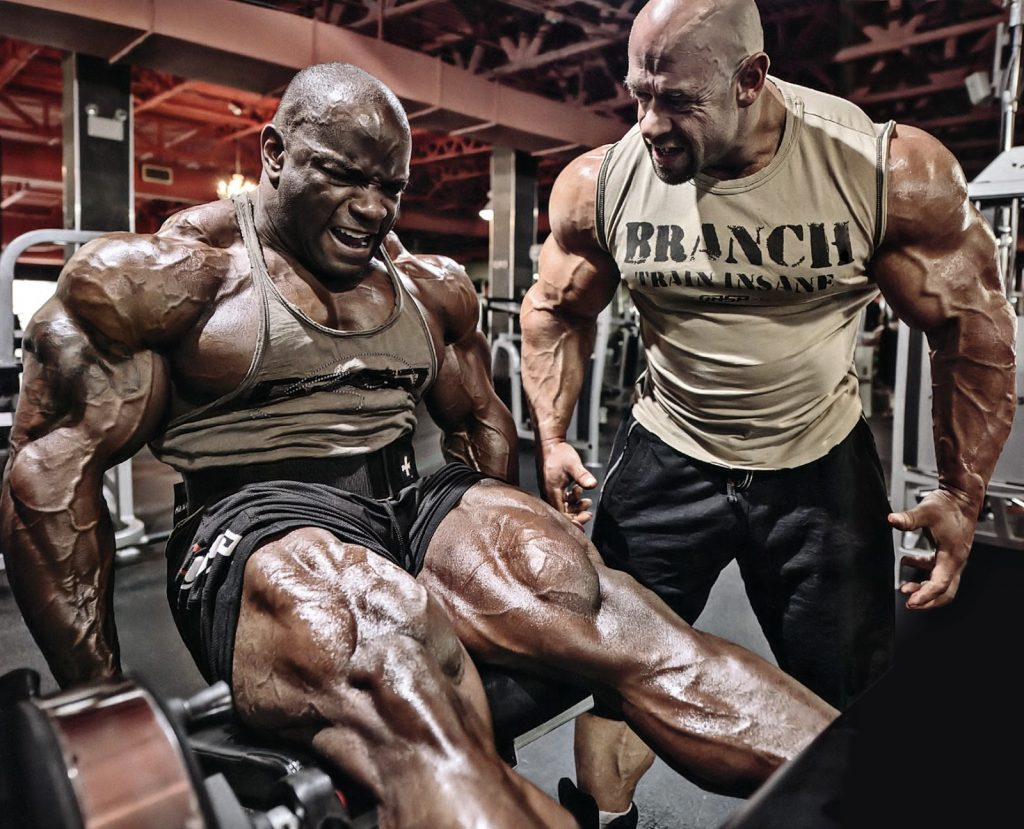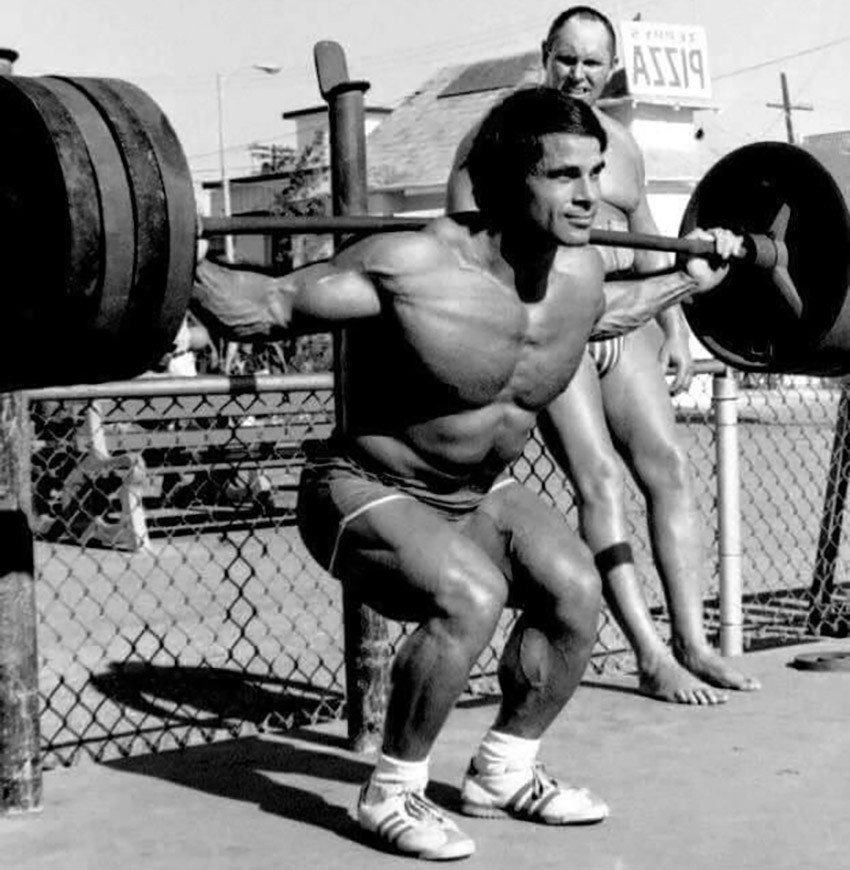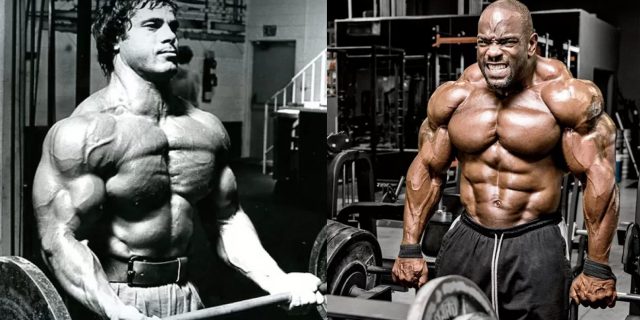Gaining strength and muscle is something a lot of people set their sights on. By incorporating elements of powerlifting and bodybuilding into your training, you’ll get the best of both worlds!
Powerlifters and bodybuilders are often in a war of words with each other, with strength athletes criticizing the training methods of bodybuilders, and vice versa. So much so, the relationship between strength and physique enthusiasts has been somewhat strained over the last few decades.
However, that hasn’t always been the case. Powerlifting and bodybuilding actually have a lot more in common than some might lead you to believe. For instance, if you look back to the earlier days of bodybuilding, you’ll find that bodybuilding competitions actually had a performance element – usually a weightlifting contest. What’s more, it is often said that early powerlifters had a more aesthetic physique, unlike what you’d see with many of their modern counterparts.
 In spite of this, it wouldn’t be unusual to see bodybuilders lifting a heavy load when performing their workouts. This particularly goes for exercises such as deadlifts and squats. Just take a look at the beastly Ronnie Coleman – he boasts a rather impressive 800lbs record in each of these compound movements. Although the late Dallas McCarver was able to better Coleman’s record – he was able to lift nearly 900lbs in the deadlift!
In spite of this, it wouldn’t be unusual to see bodybuilders lifting a heavy load when performing their workouts. This particularly goes for exercises such as deadlifts and squats. Just take a look at the beastly Ronnie Coleman – he boasts a rather impressive 800lbs record in each of these compound movements. Although the late Dallas McCarver was able to better Coleman’s record – he was able to lift nearly 900lbs in the deadlift!
Similarly, many powerlifters now have a much leaner and well-defined physique – just like most bodybuilders. Therefore, it is safe to say that powerlifting and bodybuilding have a few things in common in the present day.
So, without any further ado, it’s time for you to find out how you can combine the benefits of powerlifting and bodybuilding. By doing so, you’ll be well on your way to optimal strength and muscle gains. Sound good? If so, continue reading and you’ll discover everything that you need to know.
Use Hypertrophy Training While Lifting Heavy Weights
It is well-known that hypertrophy rep ranges (6-15 reps per set) help to build muscle tissue. However, powerlifters to usually stick to five reps or less to reach their fitness goals. But, the combination of hypertrophy and lifting heavy weights is hugely beneficial. Essentially, it is the perfect way to stimulate the muscles – as long as you utilize progressive overload.
Having more muscle mass is highly beneficial in terms of being able to lift heavier weights. In turn, this means that you’ll be able to build thicker, denser, and harder muscles. However, if you lift too much weight too soon, you risk getting yourself injured. To avoid this, stick with a challenging yet manageable weight. Over time, this will allow you to optimally gain strength and build muscle.
Switch to an Unfamiliar Rep Range
 Bodybuilders usually stick with a hypertrophy rep range, and this often means that they are missing out on optimal muscle building. However, it is possible to accelerate your muscle and strength gains by building a more efficient neuro system.
Bodybuilders usually stick with a hypertrophy rep range, and this often means that they are missing out on optimal muscle building. However, it is possible to accelerate your muscle and strength gains by building a more efficient neuro system.
If you are a bodybuilder, simply switch to a smaller rep range (between 1-3 per set). If you do just that, you’ll be able to lift a much heavier weight than you normally would. Over time, this means that you will be able to gradually increase the number of reps you perform. Soon enough, you’ll be able to lift a much heavier weight in hypertrophy rep ranges!
For powerlifters, simply switch up your training so that you are performing a higher number of reps per set. You don’t need to do this every day to get results – one day each week should be sufficient enough. Over 15 reps per set will help improve blood flow and allows your body to improve its joint capsules by utilizing the nutrients from your diet more effectively.
Vary Your Training
 The three big lifts of squats, deadlifts, and the bench press aren’t the only exercises that should be on your agenda if you’re a powerlifter. You’ll find it far easier to recruit your firing patterns by adding exercises which work opposing muscle groups. So, if you’re looking to improve your bench press, for example, you’ll be able to correct any muscular imbalances by training triceps, lats, and the rear delts.
The three big lifts of squats, deadlifts, and the bench press aren’t the only exercises that should be on your agenda if you’re a powerlifter. You’ll find it far easier to recruit your firing patterns by adding exercises which work opposing muscle groups. So, if you’re looking to improve your bench press, for example, you’ll be able to correct any muscular imbalances by training triceps, lats, and the rear delts.
Incorporating isolation movements such as leg extensions and bicep curls can be a lot more beneficial than you might think. This is because obtaining a full muscle contraction will stimulate muscle growth. As well as this, it will allow you to stabilize your joints for more effective performance in your heavy compound lifts.
Any bodybuilders out there will find that traditional powerlifting moves are perfect for gaining a huge amount of strength and muscle. Over time, this will allow you to take your training to the next level with enhanced stimulation. Increasing the amount of weight that you lift in exercises such as squats, deadlifts, and the bench press is very challenging. But, it will lead to maximal strength development if you are consistent with a powerlifting-style training method.
Alternate Your Training Phases
 Sticking to the same training routine throughout for months often leads to quickly reaching a plateau. In order to combat this, it is important to mix up your training methods and workout plans. Competing in both powerlifting and bodybuilding is possible, but you’ll need to be smart in how you structure your program. If you do just that, then you’ll soon be looking strong, and feeling strong too.
Sticking to the same training routine throughout for months often leads to quickly reaching a plateau. In order to combat this, it is important to mix up your training methods and workout plans. Competing in both powerlifting and bodybuilding is possible, but you’ll need to be smart in how you structure your program. If you do just that, then you’ll soon be looking strong, and feeling strong too.
Focus On Nutrition
There is a common misconception among bodybuilders that carbs are a bad thing. But, it is possible to use them to your advantage if you use them wisely. Having a low-carb diet is a sure-fire way to feel sluggish and fatigued during workouts. However, if you add them gradually into your diet, you will most definitely reap the rewards in terms of increased workout performance – particularly if your training is of a high intensity (1).
On the other hand, it can be said that powerlifters will benefit hugely by monitoring their macronutrient intake. An optimal baseline to follow per pound of body weight would be as follows:
If you eat a base diet of the proper macros as outlined above, you’ll be able to effectively fuel your workouts. Only then should you consider consuming any junk food to reach your calorie goals!
This content was originally published here.









